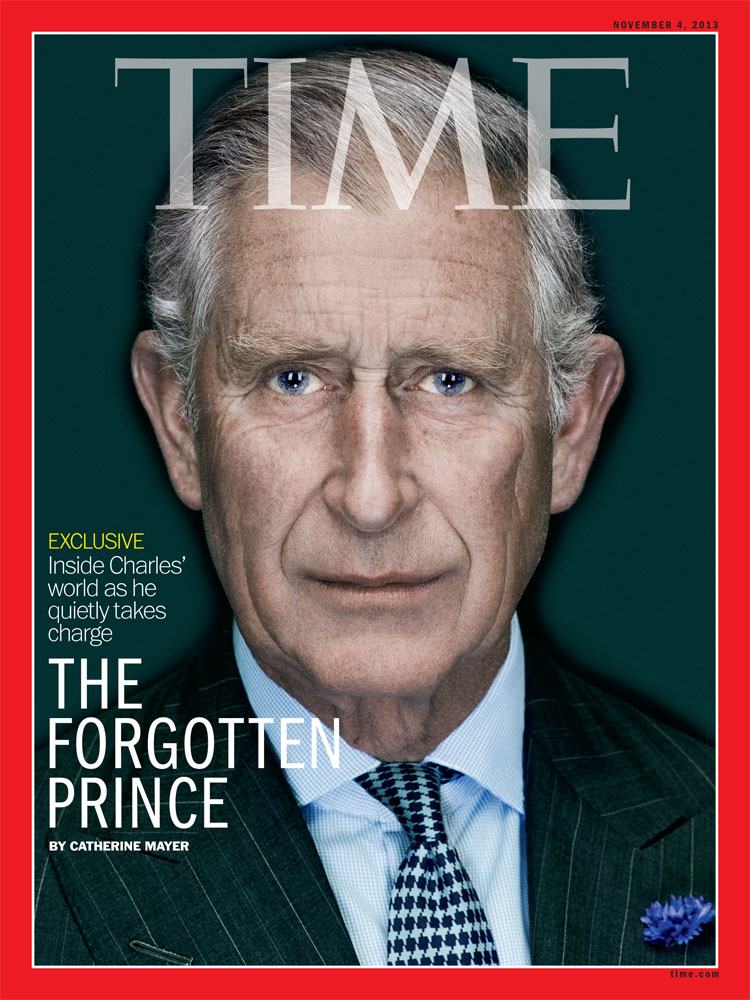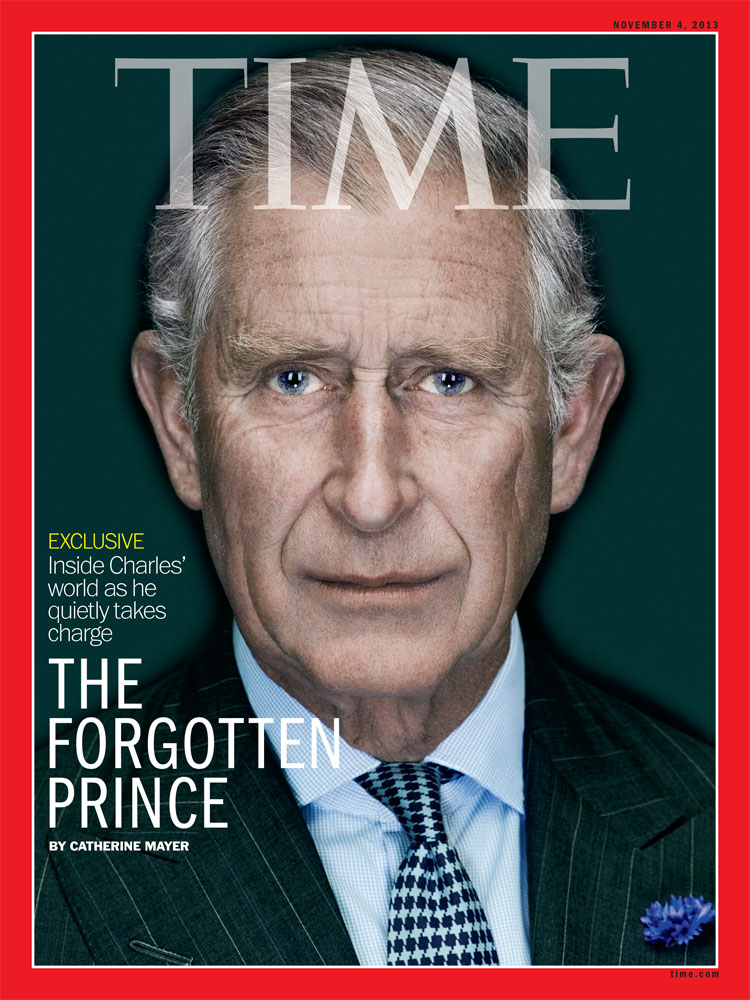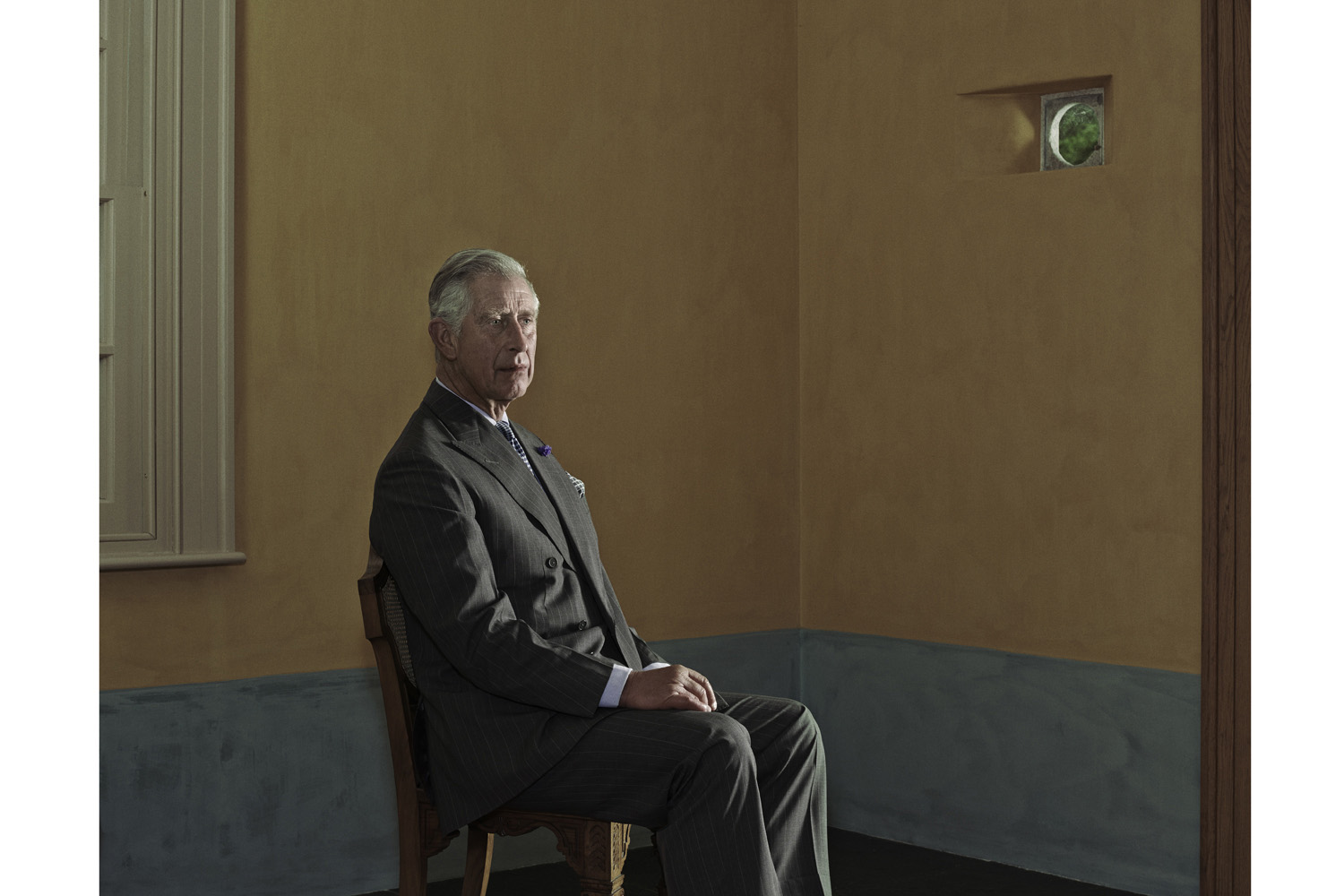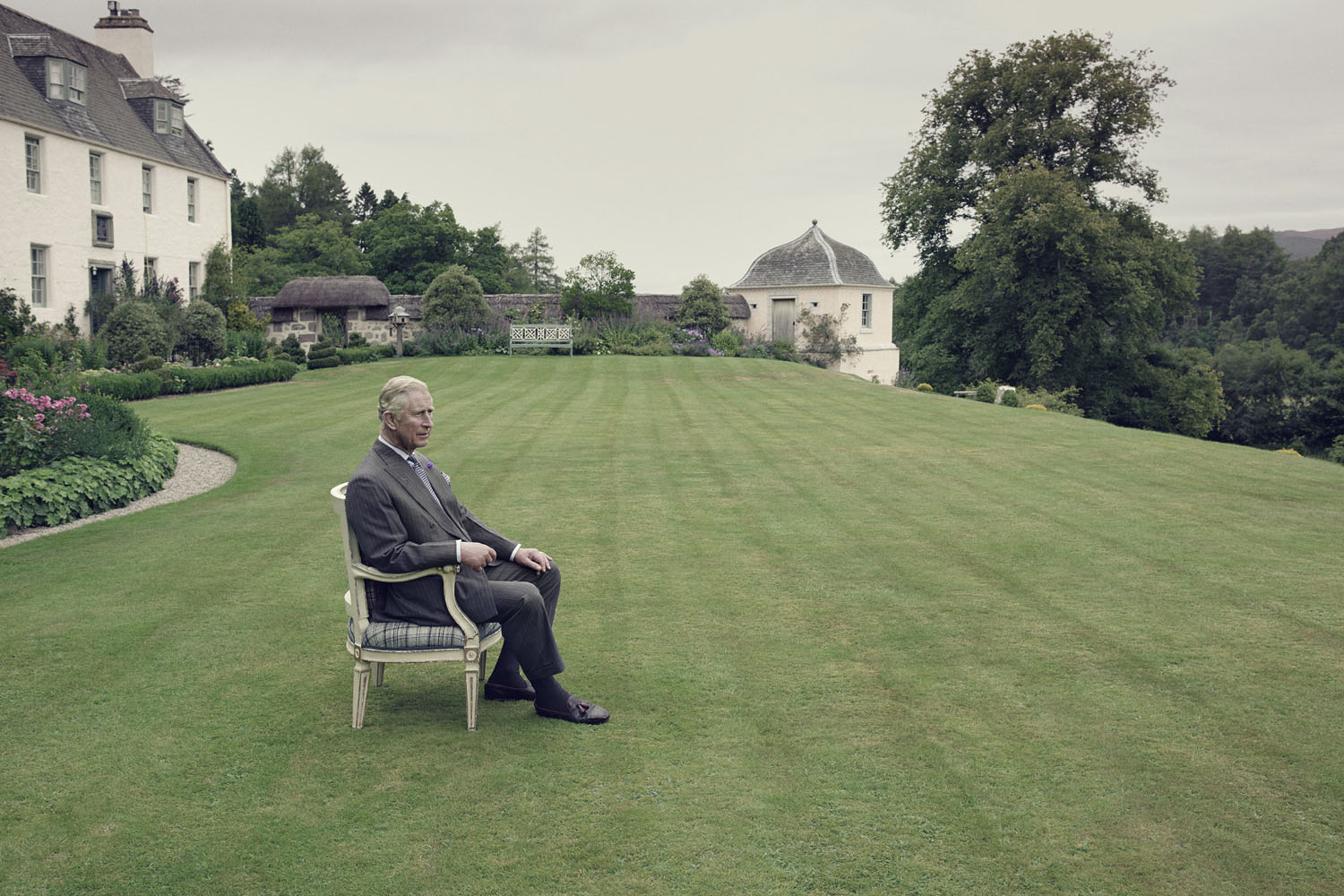
Photographing the most prominent people in the world comes with a particular set of challenges. You have to negotiate with latter-day Praetorian guards determined to control and limit your access to your subject. You also need the self-awareness to see past your subject’s public image to find his or her essence. As the Swiss psychiatrist and psychotherapist Carl Jung famously observed, “Who looks outside, dreams; who looks inside, awakes.”
Five times Nadav Kander has shot TIME cover stories, in 2010 photographing the new-minted British Prime Minister David Cameron and his grizzled predecessor-but-one, Tony Blair. Last year, he trained his lens on Egypt’s then President Mohamed Morsi and on President Obama. “My research rather than the written word or what a person might have had written about them is in looking at a person,” says Kander. “When I look at a person, I intuitively decide how I would like to see them, with regard to how to light them.”
That approach often surprises, revealing familiar faces in unfamiliar ways, but none of Kander’s portraits have turned out quite so astonishing as his latest work for TIME, a cover study and portraits of Prince Charles. This is Britain’s heir apparent as he has never before been seen, composed, regal, but more than a little vulnerable. “I was very, very pleased with the outcome,” says Kander. “I was pleased he was so generous with his emotions.”
Kander took the pictures at Birkhall, the Prince’s private residence on the Balmoral estate in Scotland. He spent three hours formulating a plan and choosing locations, settling on a gazebo built by the Prince in memory of his grandmother, the Queen Mother, and on an outdoor shot, on the lawn in earshot of the River Muick – a tributary of the Dee. The photographer prefers not to talk as he shoots, except to give direction, but as Kander’s two assistants readied each of three set-ups, he and the Prince discussed their mutual interest in Jung and Jung’s friend and biographer—and the Prince’s mentor—Laurens van der Post. “[The Prince] and I really gelled,” says Kander.
He didn’t need to use the full 45 minutes allocated for the session: “We very quickly got to some very good pictures.” The images show the Prince not as a figurehead, but in all his complexity, as the sum of his experiences and aspirations. “I am not what happened to me,” wrote Jung. “I am what I choose to become.” Kander saw—and has captured—a man born to wear a crown but striving for a different kind of greatness.
Click here to join TIME for as little as $2.99 to read Catherine Mayer’s full cover story on Prince Charles.
Nadav Kander is a London-based photographer. Kander photographed President Barack Obama for TIME’s Person of the Year Issue in 2012.
Catherine Mayer is an editor-at-large at TIME, based in London. Follow her on Twitter @catherine_mayer.



More Must-Reads From TIME
- What Student Photojournalists Saw at the Campus Protests
- How Far Trump Would Go
- Why Maternity Care Is Underpaid
- Saving Seconds Is Better Than Hours
- Why Your Breakfast Should Start with a Vegetable
- Welcome to the Golden Age of Ryan Gosling
- The 100 Most Influential People of 2024
- Want Weekly Recs on What to Watch, Read, and More? Sign Up for Worth Your Time
Contact us at letters@time.com